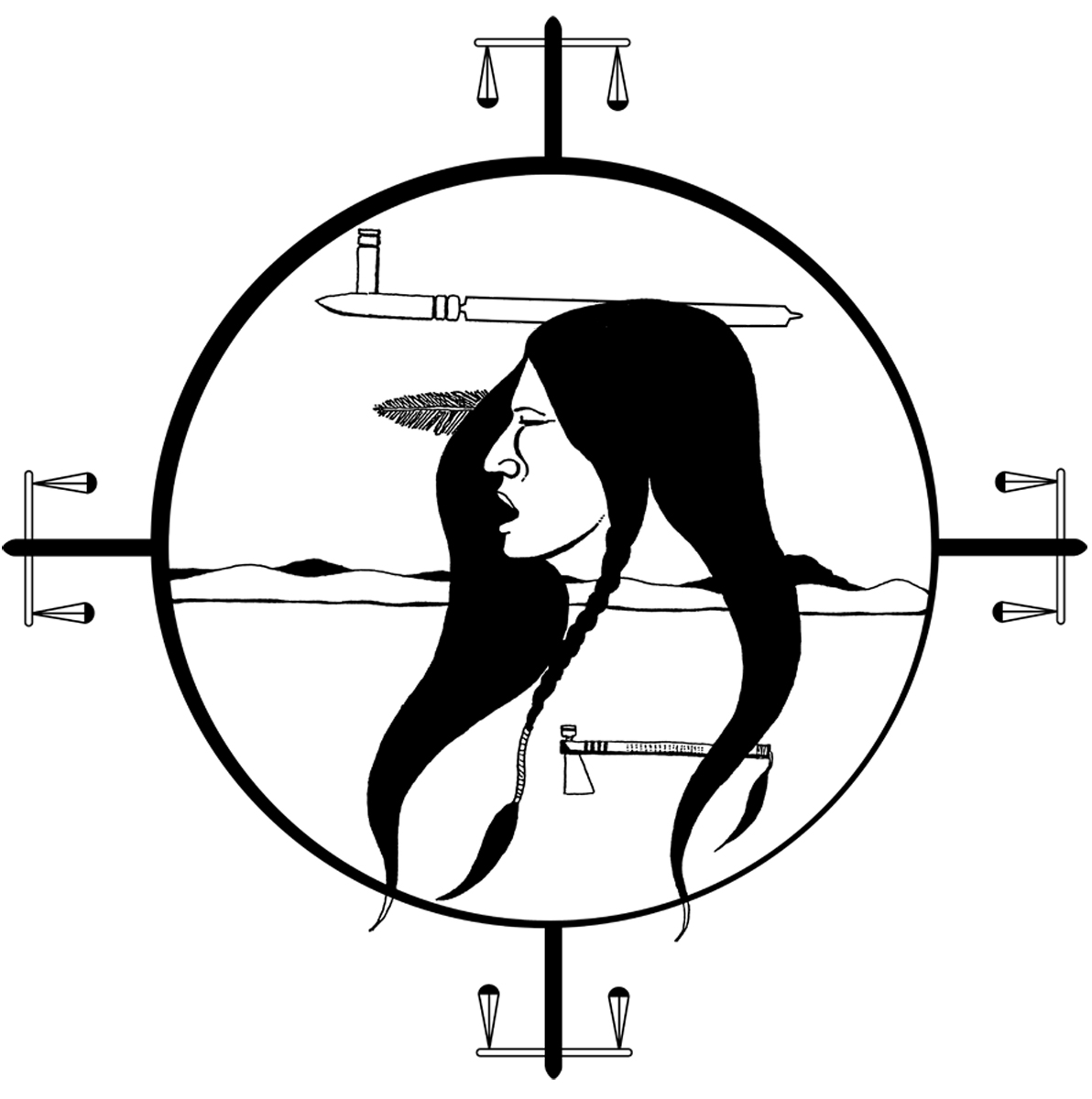Tzeachten First Nation v Canada Lands Company Ltd
The Supreme Court of British Columbia released a decision on December 15, 2014 in <a href="http://www.canlii.org/en/bc/bcsc/doc/2014/2014bcsc2361/2014bcsc2361.html" title="Tzeachten First Nation v. Canada Lands Company Ltd"><i>Tzeachten First Nation v. Canada Lands Company Ltd</i></a>, allowing the Attorney General of Canada’s application for leave to file a third party notice against British Columbia in relation to liability for wrongdoings by the officials of the Colony of British Columbia prior to Confederation.
In this action, the plaintiffs Tzeachten First Nation, Skowkale First Nation and Yakweakwioose First Nation are seeking possession of two parcels of land that formed part of the former Canadian Armed Forces Base Chilliwack, as well as compensation for the parts of these land parcels that cannot be restored to them and damages for loss of use of these lands. Their claim is put forward on the basis that they hold Aboriginal title to the land parcels, as well as on the basis that the land parcels were set aside for their benefit and use as reserve lands in 1864, only to be wrongfully reduced in size in or around 1867 or 1868.
The plaintiffs’ claims that their reserve lands were wrongfully reduced in size in 1867 or 1868 relate to the conduct of a representative of the Colony of British Columbia before it was incorporated into the Canadian Confederation in 1871. However, the plaintiffs are claiming damages solely against Canada and the Canada Lands Company defendants, not against British Columbia. To justify proceeding solely against Canada, the plaintiffs have relied on the Terms of Union that governed the Colony of British Columbia’s incorporation into Canada. The Terms of Union state that Canada would be liable for any debts and liabilities of British Columbia existing at the time of the Union, and that Canada would take over the “charge of the Indians” and the trusteeship and management of their reserve lands, continuing with a policy “as liberal as that hitherto pursued by the British Columbia Government”.
Among other things, Canada’s response to the plaintiffs’ statement of claim included allegations that Canada only took on the debts and liabilities of the Colony of British Columbia that were recorded in the Colony’s accounts and known to exist at the time of Union, and that there was an upper limit to the debts and liabilities that Canada had assumed under the Terms of Union. Canada applied these same arguments in seeking to have British Columbia brought into the litigation as a third party. Canada intended to argue that British Columbia was responsible for any damages to the plaintiffs that resulted from the Colony’s wrongdoing. Canada also sought to sever its third party claim against British Columbia from the plaintiffs’ main action on the basis that the historical issues related to this claim were distinct from those which the main action would address, and that the third party claim would only need to be addressed if the plaintiffs were successful in their main action.
British Columbia opposed Canada’s application on various grounds, including that: Canada had not claimed contribution or indemnity against the Province; Canada had not pleaded any obligation that the Province owed to Canada under the Terms of Union on which the latter could sue; and since the plaintiffs were only claiming damages against Canada, if Canada was found not to be the successor to the Colony of British Columbia the plaintiffs’ case would be dismissed.
The plaintiffs took no position on whether Canada’s third party claim was appropriate. However, they opposed any order for severance of the trial on the basis that they would be prejudiced by delay, arguing that Canada had failed to establish that severance would result in any significant savings in time or expense, or that there were any compelling or exceptional circumstances that would justify severance.
The Court found that the declaratory relief sought by Canada against British Columbia was related to the subject matter of the action. It also held that if the plaintiffs were successful in establishing a reserve interest in the lands at issue then it would need to decide which level of government was the successor to the resulting pre-Confederation liabilities. The Court further noted that the plaintiffs had not expressly waived any claim they may have against British Columbia, if British Columbia were to be found the Colony’s successor. The Court took note of the fact that this issue of “Crown successorship” had also been raised in ongoing litigation between Canada, British Columbia and the Esquimalt and Songhees First Nations, and might be addressed in other Aboriginal litigation if it was not decided in this action. However, the Court still held that it should hear and decide the issues raised in the proposed third party notice as it will need to address whether or not Canada was responsible for any loss or damage to the plaintiffs caused by the Colony in relation to the disputed lands.
While the Court granted leave to Canada to file its third party notice, it rejected Canada’s application to sever the action. The Court held that trial of the third party claim was unlikely to complicate or significantly lengthen the trial of the action, and that the issues raised in the third party notice were not sufficiently distinct so as to warrant their separate trial.
